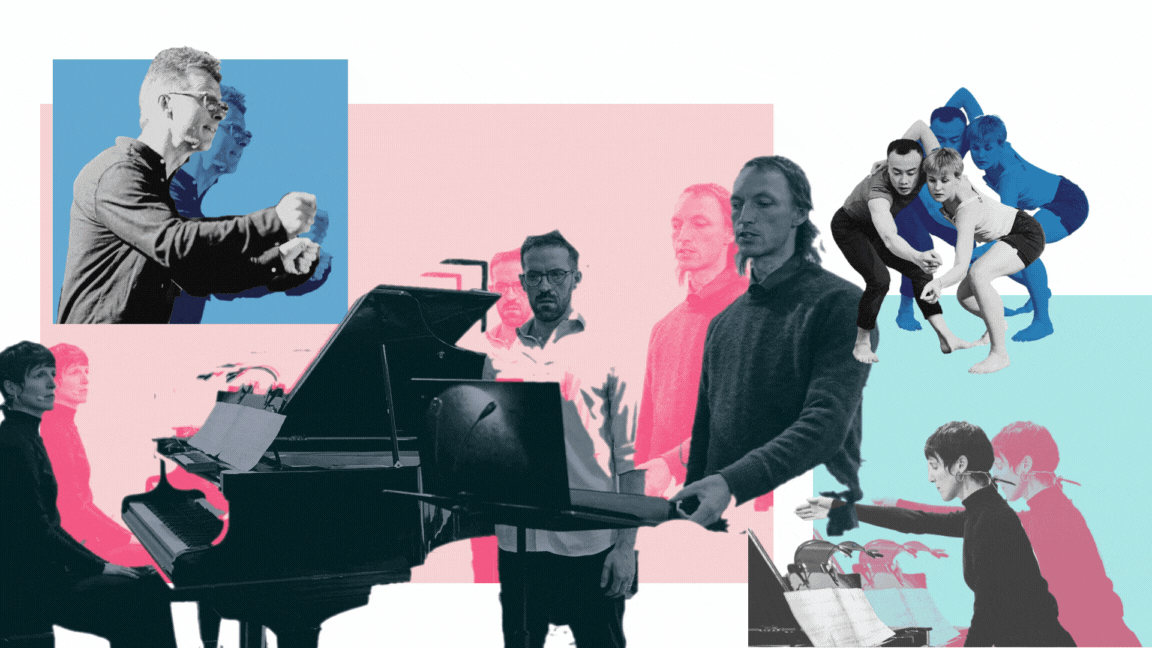1. Anne Sauvagnargues et al., *Artmachines: Deleuze, Guattari, Simondon* (Edinburgh: Edinburgh University Press, 2016), p. 188.
Further Information about ‘Atlas of Smooth Spaces. Notating, Communicating and Composing Spaces in Audio-Corporeal Practices’ can be found following this link:
The Desire Machine project is situated within the broader scope of the FWF-funded research project ‘Atlas of Smooth Spaces. Notating, Communicating and Composing Spaces in Audio-Corporeal Practices’ (AR 640). This project started in 2021 is a collaboration between the University of Music and Performing Arts Vienna, The Anton Bruckner University Linz, and the Complexity Science Hub Vienna. Atlas of Smooth Spaces is concerned with the space that is created around performers, shaped through performers and accessed by performers. Rather than extracting the performer as the subject from its embedding in an ambient space, the research is centered around that ambient space itself, namely with the perceptive space that complements the performers, with that space’s own proper quality and its own dynamics. At the core of the project is the question of which experiments allow one to describe, communicate and compose these space experiences across artistic practices.
At this point it might be useful to clarify the non-representational relation between the philosophical framework and the artistic investigation.The application of the desiring machine concept into a productive performative space is perceived as a condition of possibility for a collaborative artistic production that is set apart from the representational, reactive or hierarchical dependencies and that is articulated through the competencies and agencies of the participating researchers.
Drawing from these questions the Desire Machine came to be an experiment that is concerned with artistic production in its structural and ideological organization rather than with an artistic product itself. The project originated in a collaboration between choreographer Maria Shurkhal, mathematician Leonhard Horstmeyer and composer Adrián Artacho and it is derived from the philosophical construct ‘desiring machine’ coined by Deleuze and Guattari, the project was set to explore “a conception of interaction between thought and matter as a cutting of flows, and a social conception of the desiring individual, no longer solitary but ‘machined’. 1
